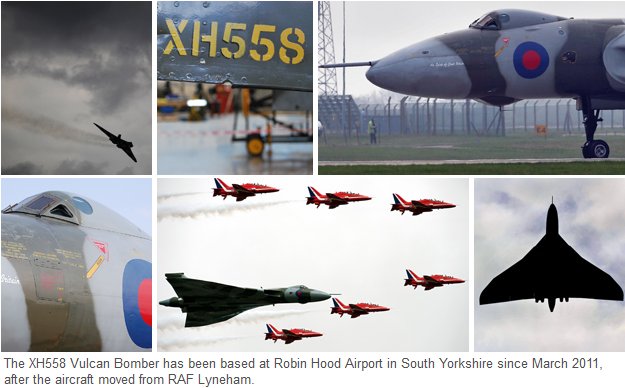In Maclean’s, John Geddes illustrates why we are not as mature a society as we think:
It was painful to listen to Defence Minister Peter MacKay this afternoon as he faced repeated questions from reporters about whether he has any regrets about his handling of the government’s program to buy F-35 fighter jets.
Today’s news, not surprisingly, is that the problem-plagued Lockheed Martin fighter is only one of several jets whose costly tires the government will soon be kicking. And so pretty much everything MacKay has ever said about the necessity and inevitability of the F-35 procurement has proven to be dead wrong.
He might have made it easier to hear his answers without wincing had he just admitted to past mistakes. Failing that mature, obvious response, he might have clung to a fragment of dignity by resolving at least not to drag Canadian men and women in uniform into it.
But no. His couldn’t restrain himself. He couldn’t resist bringing up his concern for the troops when pointedly asked if he had any regrets about his past harsh words toward critics who raised what turned out to be entirely valid concerns about the F-35 program.
And another article from earlier this week from Andrew Coyne:
Yet, even now, MacKay and his officials are still trying to claim operating costs should not really be included, because “we’d have to spend that money anyway,” i.e. regardless of which plane was purchased, or even if we somehow hung onto the old CF-18s. This is interesting, but irrelevant. It’s useful to know how much more one plane would cost than another. But we also just need to know the cost, period. We don’t just need to compare the cost of one fighter jet with another. We also need to compare the benefits of spending a given sum on fighter jets, as a budget item, versus the other purposes to which the same money could be put: tanks, or health care, or cutting taxes.
And this brings us to the second reason this matters: because whatever the rules are, the government is obliged to follow them; because it knew what the rules are, and didn’t. I can understand why, in a way. There’s no doubt life-cycle costs can be misunderstood, or misrepresented, as if that $45.8-billion were just the acquisition cost, or as if it all came out of one year’s budget. But just because a rule is inconvenient does not entitle you to ignore it.
And even if one were inclined to excuse the initial deception, what is really inexcusable is the government’s subsequent refusal to back down, even when it was called on it, but rather to carry on spinning — as it did after the Parliamentary Budget Officer’s report, as it did after the (current) Auditor General’s report, as it is doing even today.
Update: Paul Wells in Maclean’s:
It has been that kind of month. More or less explicit repudiation of previous acts and stances has been the theme of the year-end for Stephen Harper and his colleagues. One of the questions we are left with is how Harper, notoriously a risk-averse, control-freak incrementalist, managed to leave hundreds of feet of skid marks around a bunch of big files.
[. . .]
Of course what happened is that times changed. The government’s costing of the F-35 was optimistic and short-term to begin with. Optimism worked out the way it usually does when you’re buying something big and untested. The old talking points grew stale, then ludicrous, and the government stuck with them until the government looked stale and ludicrous, and now it denies saying what it once said. None of this is a tragedy: the jets haven’t been bought, no purchase order has been cancelled, there is still time to choose a more realistic course. But it’s all been a bit awkward.




